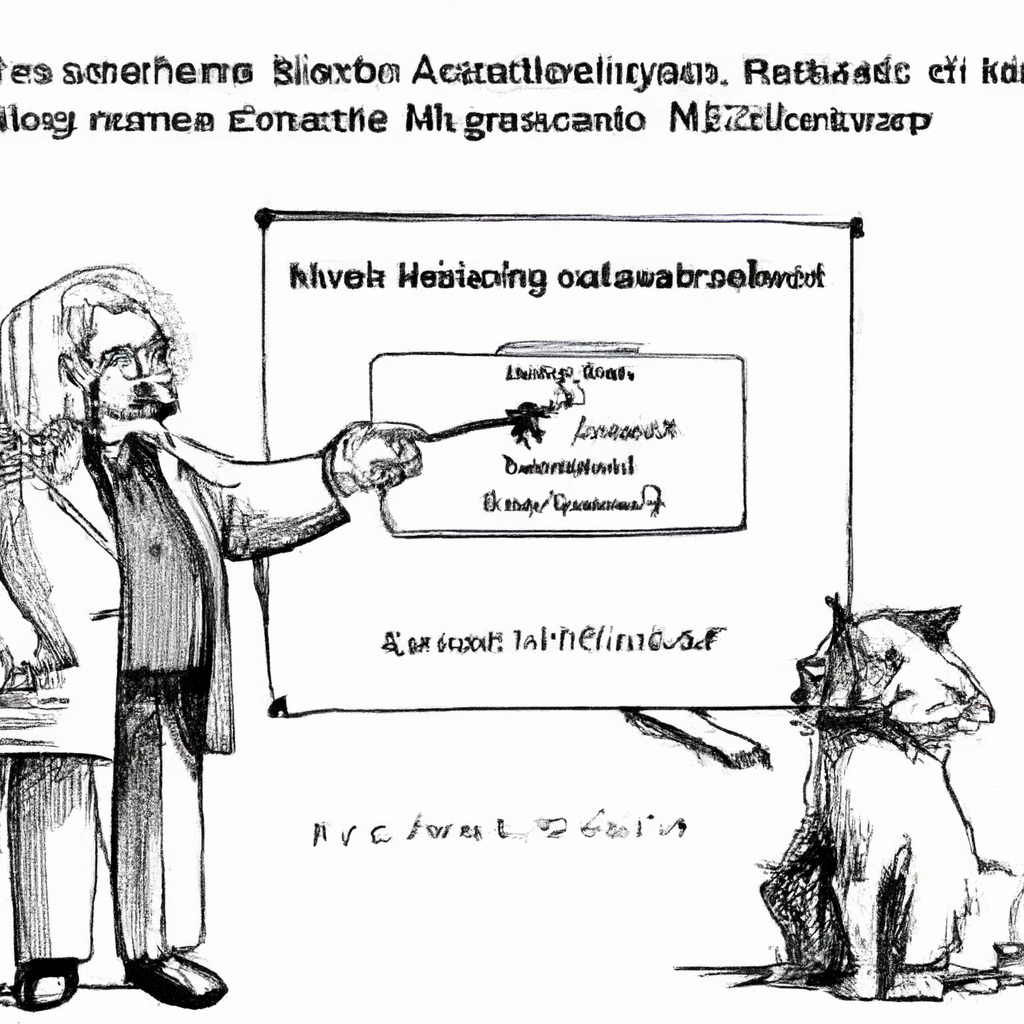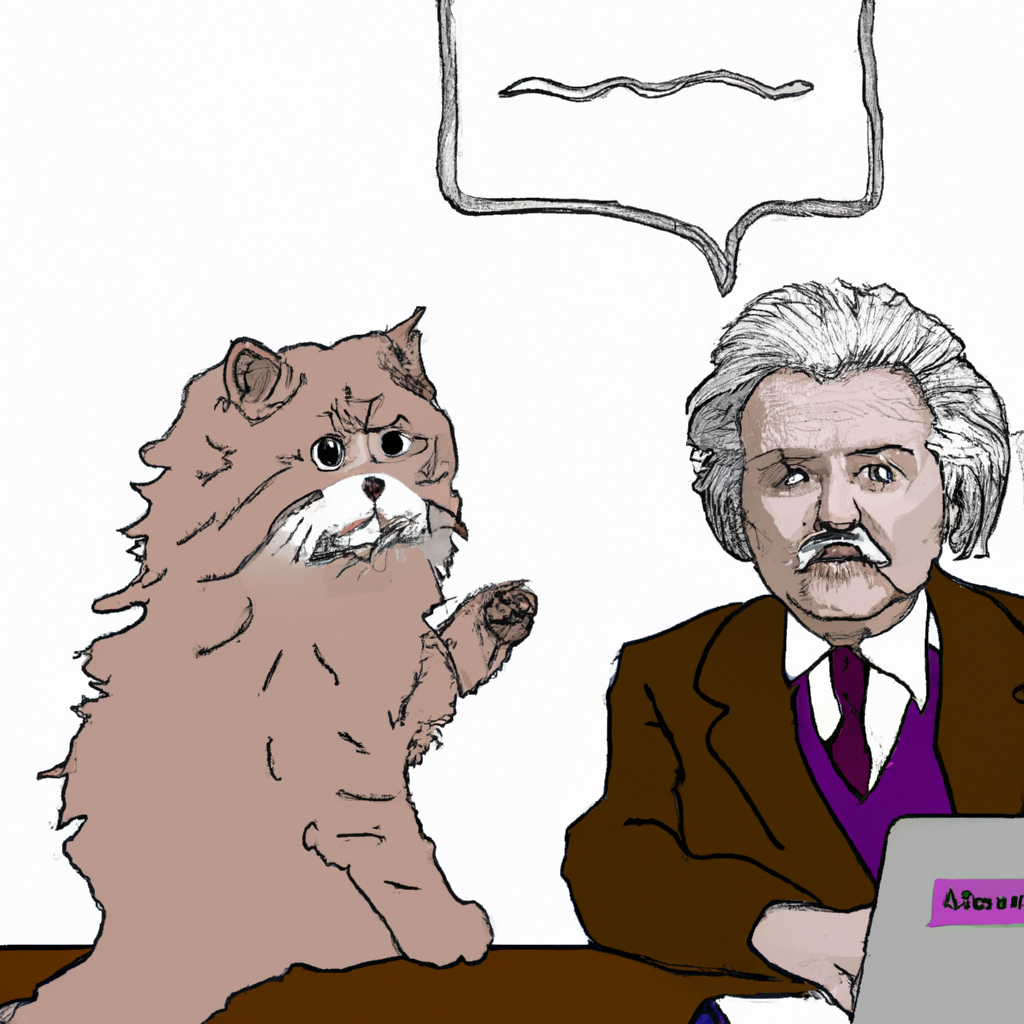
Title: An Introduction to Artificial Intelligence for Beginners
Artificial Intelligence (AI) has been a hot topic in recent years, and its applications are becoming increasingly prevalent in our daily lives. From virtual assistants like Siri and Alexa to recommendation algorithms on Netflix or Amazon, AI is revolutionizing the way we interact with technology. If you’re new to this exciting field, here’s an introduction that covers some basics of AI.
Understanding Artificial Intelligence
At its core, artificial intelligence involves developing computer systems capable of performing tasks that would usually require human intelligence. These tasks include learning from experience (machine learning), understanding natural language (natural language processing), recognizing patterns or images (computer vision), and making decisions.
There are two types of artificial intelligence – narrow AI which is designed to perform a specific task such as voice commands recognition; and general AI which can understand, learn and apply knowledge across different fields – something humans do naturally but machines have yet to master.
Machine Learning
Machine Learning is one significant branch of artificial intelligence where computers use statistical methods to improve their performance at given tasks over time without being explicitly programmed. They ‘learn’ from data inputs provided during training stages.
For example, let’s say you want your computer system to recognize cats in photos – you feed it thousands of cat pictures so it can identify common features among them all such as pointy ears or whiskers etc., thus enabling the system ultimately recognizes cats even in new unseen photographs.
Deep Learning
A subset within machine learning is deep learning – inspired by how human brain works i.e., neural networks process information through interconnected layers called nodes similar how neurons function inside our brains.
In deep learning models like Convolutional Neural Networks used for image recognition purposes often contain millions parameters fine-tuned via backpropagation algorithm using labelled datasets until they achieve desired level accuracy predictions made on test sets afterwards before deployment real-world scenarios.
Natural Language Processing
Another critical aspect about artificial intelligence involves understanding human language, known as natural language processing (NLP). This technology is behind chatbots or voice assistants like Siri and Alexa. NLP algorithms analyze text data to understand its meaning, sentiment and context.
For example, a customer service chatbot analyzes customer inquiries to provide appropriate responses based on pre-defined scripts or learned knowledge from past interactions. It can also escalate the issue if it’s beyond its capabilities – all this without any human intervention.
Computer Vision
Another important AI field is computer vision which enables computers to interpret visual world around them through images videos etc., utilized in applications ranging from facial recognition systems security cameras self-driving cars.
In essence, computer vision algorithms identify objects within an image video frame then classify each object according their predefined categories such as person car tree so forth.
Getting Started with AI
To start exploring artificial intelligence you’ll need some foundational skills:
1) Mathematics: Knowledge of statistics and probability is crucial for understanding machine learning models.
2) Programming: Familiarity with Python programming language will be beneficial since many AI libraries are written in it.
3) Data Handling: Understanding how to collect manage process large volumes data essential because most AI techniques rely heavily on quality quantity available training datasets.
Numerous online platforms offer comprehensive courses covering these topics those interested starting journey into fascinating world artificial intelligence — Coursera edX Udemy name few.
Conclusion
Artificial Intelligence presents exciting opportunities challenges alike. Its potential transform various industries healthcare finance transportation among others has sparked worldwide interest not just technologists but business leaders policymakers general public too.
Understanding basics about Artificial Intelligence key stepping stone further exploration study this rapidly evolving discipline offering endless possibilities innovation discovery future technologies yet come!
Artificial Intelligence, or AI, is a rapidly developing field offering numerous applications across various sectors. One example of Artificial Intelligence is chatbots used in customer service.
Chatbots are software programs that interact with users in a natural language format. They can be programmed to respond to specific inquiries and provide information based on the user’s input. These intelligent systems learn from each interaction they have, improving their responses over time.
In the context of customer service, businesses use AI-powered chatbots on their websites or social media platforms for immediate response to customer inquiries round-the-clock without human intervention. This not only enhances efficiency but also improves customers’ experience by providing instant support.
AI-powered Chatbot technology could be used by eCommerce businesses where there are high volumes of queries related to product details, order status or return policies etc., thus saving costs and resources while maintaining high levels of customer satisfaction.
# Here’s a Story About Gato Rico
Once upon a time in the opulent neighbourhood of Meowhattan, there lived an extraordinarily wealthy cat named Gato Rico. Now, you might think I’m pulling your leg here, but this feline was no ordinary housecat; he was richer than most humans!
Gato Rico owned vast estates across the city and even had his own private yacht. His mansion on Catnip Avenue was filled with luxurious furniture that would make any human jealous: velvet couches for lounging, scratching posts made from rare mahogany wood and diamond-studded collars.
Despite his fortune though, Gato Rico wasn’t content with just lying around all day like other cats. He wanted to do something more exciting – something revolutionary! And so began his fascination with artificial intelligence (AI).
One sunny afternoon while watching mice run about in their tiny wheels (a favourite pastime), an idea struck him: what if he could create AI mice? They wouldn’t need food or rest and they’d be smarter than regular mice – perfect toys for intelligent cats like himself!
With a twitch of excitement in his whiskers, Gato rico hired some of the world’s best computer scientists – yes indeed; paid them hefty amounts of tuna cans as salary- to develop these robotic rodents.
Months later came ‘Mice 2.0’, equipped with state-of-the-art AI technology that allowed them to mimic real mouse behaviour perfectly while also being able to outwit any average cat at every turn! To say it caused quite a stir among Meowhattan’s elite felines would be an understatement—these new playthings were nothing short of sensational.
But soon enough trouble started brewing when Mice 2.0 started getting too smart for their own good—they began escaping houses through windows left open by forgetful owners or squeezing through cracks under doors where not even kittens could fit through before disappearing into thin air.
Gato Rico was puzzled. He hadn’t expected his AI mice to become escape artists. After several rounds of pondering and paw-licking, he finally came up with a solution: ‘Cat 2.0’, an AI cat that would be smart enough to catch the Mice 2.0!
And so, Gato Rico set his scientists back to work in their tuna can-funded lab while he watched over them from the comfort of a plush velvet cushion.
The day Cat 2.0 was ready for its first field test arrived swiftly and it proved successful beyond anyone’s wildest dreams! The artificial feline was not only able to catch all escaped Mice 2.0 but also returned them safely home without causing any chaos—unlike real cats who’d probably have half the neighbourhood awake by now!
Soon every rich cat in Meowhattan had their own Cat 2.0 keeping order at home while they lived life leisurely just like our dear old Gato Rico – lounging on fancy couches, playing with state-of-the-art toys and dining on gourmet meals served by robot butlers.
In creating this novel ecosystem of advanced playthings, Gato Rico had revolutionized how wealthy felines spent their time – proving once again that even cats could use technology for purr-fect entertainment!






